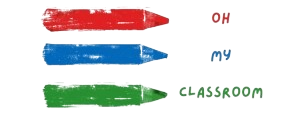Circle time is a crucial part of any preschooler’s day. It’s a time when children come together to learn, sing, play, and bond.
Circle time activities are educational, fun, and engaging for young minds. As a preschool teacher, you may be looking for new and exciting circle time games to keep your little ones entertained and focused.
Whether you’re teaching in-person or virtually, we’ve got you covered with fun and exciting circle time games for preschoolers.
From classic games like “Duck, Duck, Goose” to new and creative activities like “Alphabet Scavenger Hunt,” these games will help your preschoolers learn while having a blast!
“Simon Says”:

This classic game is always a hit with preschoolers. The rules are simple – the teacher gives a command starting with “Simon says” and the children must follow. However, if the teacher gives a command without saying “Simon says” first, any child who follows the command is out. This game helps preschoolers develop listening and following directions skills while having fun.
“Musical Chairs”:
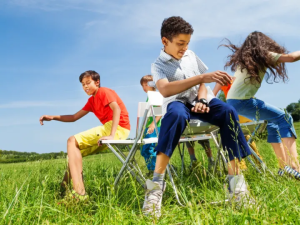
Set up chairs in a circle, with one less chair than the number of children playing. Play music and have the children walk around the chairs. When the music stops, the children must quickly find a chair to sit on. The child who doesn’t find a chair is out, and one chair is removed for the next round. This game helps children develop gross motor skills and teaches them to follow rules.
Related: 20 Interesting Name Games for Preschoolers
“Alphabet Scavenger Hunt”:

This game combines learning the alphabet with a scavenger hunt. The teacher gives a letter of the alphabet and the children must find an object in the room that starts with that letter. This game is a fun and interactive way for preschoolers to learn and practice the alphabet.
“Red Light, Green Light”:

This game involves one child being the “stoplight” and the rest of the children being “cars”. The stoplight stands at one end of the room while the cars line up at the other end. When the stoplight says “green light,” the cars move toward the stoplight. When the stoplight says “red light,” the cars must stop. The first car to reach the stoplight becomes the next stoplight. This game helps children develop listening skills and improves their coordination.
“Duck, Duck, Goose”:

This classic game is always a crowd-pleaser. The children sit in a circle, and one child is chosen as the “goose.” The goose walks around the circle, tapping each child’s head and saying “Duck.” When the goose taps a child’s head and says “goose,” that child must get up and chase the goose around the circle. If the goose is caught, they become the new duck. This game helps preschoolers develop social skills and encourages physical activity.
“Hot Potato”:

The teacher plays music while the children pass a ball or soft object around the circle. When the music stops, whoever is holding the ball is out. The game continues until there is one child left. This game helps preschoolers develop hand-eye coordination and teaches them to take turns.
Related: 25 Best Teamwork Activities for Preschoolers & Kindergarten Classroom
“I Spy”:
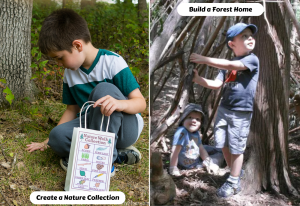
The teacher says “I spy with my little eye something that is (color).” The children then take turns guessing what object the teacher is looking at. This game helps preschoolers develop observation skills and encourages them to use descriptive language.
“Name Game”:
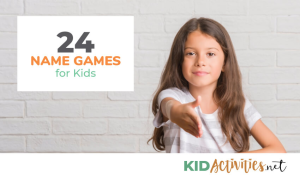
The children sit in a circle, and one child says their name. The child to their left must then repeat the first child’s name and then say their own name. The game continues around the circle until every child has had a turn. This game helps preschoolers learn each other’s names and improves their memory skills.
“Balloon Keep-Up”:

The children work together to keep a balloon in the air by hitting it with their hands or a flyswatter. This game helps preschoolers develop gross motor skills and hand-eye coordination.
“What’s in the Bag?”:
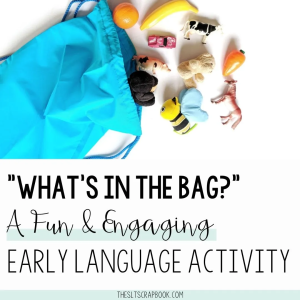
The teacher puts an object in a bag and passes it around the circle. Each child takes a turn feeling the object without looking and guessing what it is. This game helps preschoolers develop their sense of touch and encourages them to use descriptive language.
“Freeze Dance”:

Play music and have the children dance around the circle. When the music stops, it must freeze in place. The last child to freeze is out, and the game continues until there is one child left. This game helps preschoolers develop coordination and listening skills.
“Animal Charades”:
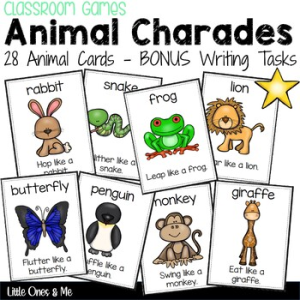
The teacher writes the name of an animal on a piece of paper and shows it to one child. The child then acts out the animal without speaking, while the other children try to guess what animal it is. This game helps preschoolers develop their imagination and encourages them to use non-verbal communication.
“Memory Game”:
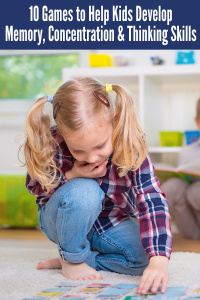
The teacher shows a group of objects for a short period of time, then covers them up. The children must then try to remember as many objects as possible. This game helps preschoolers improve their memory skills and concentration.
“Beanbag Toss”:
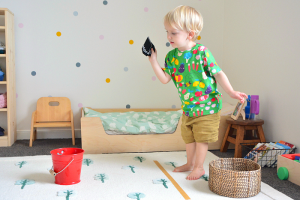
The children take turns tossing a beanbag into a bucket or onto a target. This game helps preschoolers develop their gross motor skills and hand-eye coordination.
“Color Sorting”:

The teacher shows a set of colored objects, such as blocks or toys, and the children must sort them by color. This game helps preschoolers develop their color recognition skills and teaches them how to sort and categorize objects.
“Pass the Object”:
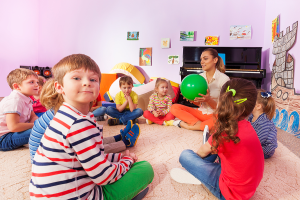
The children sit in a circle and pass an object around, such as a beanbag or a small ball. When the teacher says “stop,” whoever is holding the object must name a color, animal, or shape before passing it on. This game helps preschoolers develop language and social skills.
“Letter Match”:
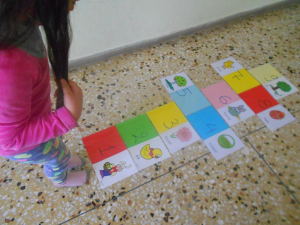
The teacher writes uppercase and lowercase letters on separate cards and places them face down on the floor. The children take turns flipping over two cards at a time to find a matching uppercase and lowercase letter. This game helps preschoolers develop letter-recognition skills and memory.
“Beanbag Balance”:

The children balance beanbags on different parts of their bodies, such as their heads, elbows, or knees. This game helps preschoolers develop their balance and coordination skills.
“Feely Bag”:
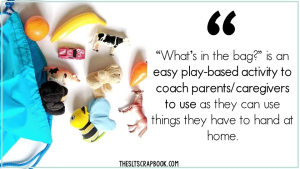
The teacher places a variety of objects in a bag, and the children take turns reaching in and feeling an object without looking. They then try to guess what the object is based on its texture or shape. This game helps preschoolers develop their sense of touch and observation skills.
“Shape Hunt”:
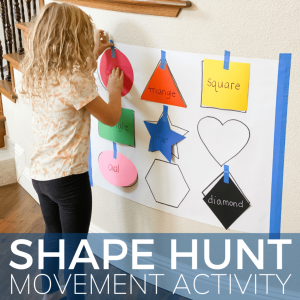
The teacher hides various shapes around the classroom or outdoor area, and the children must find and identify them. This game helps preschoolers develop their shape-recognition skills and teaches them how to look for and identify shapes in the world around them.
